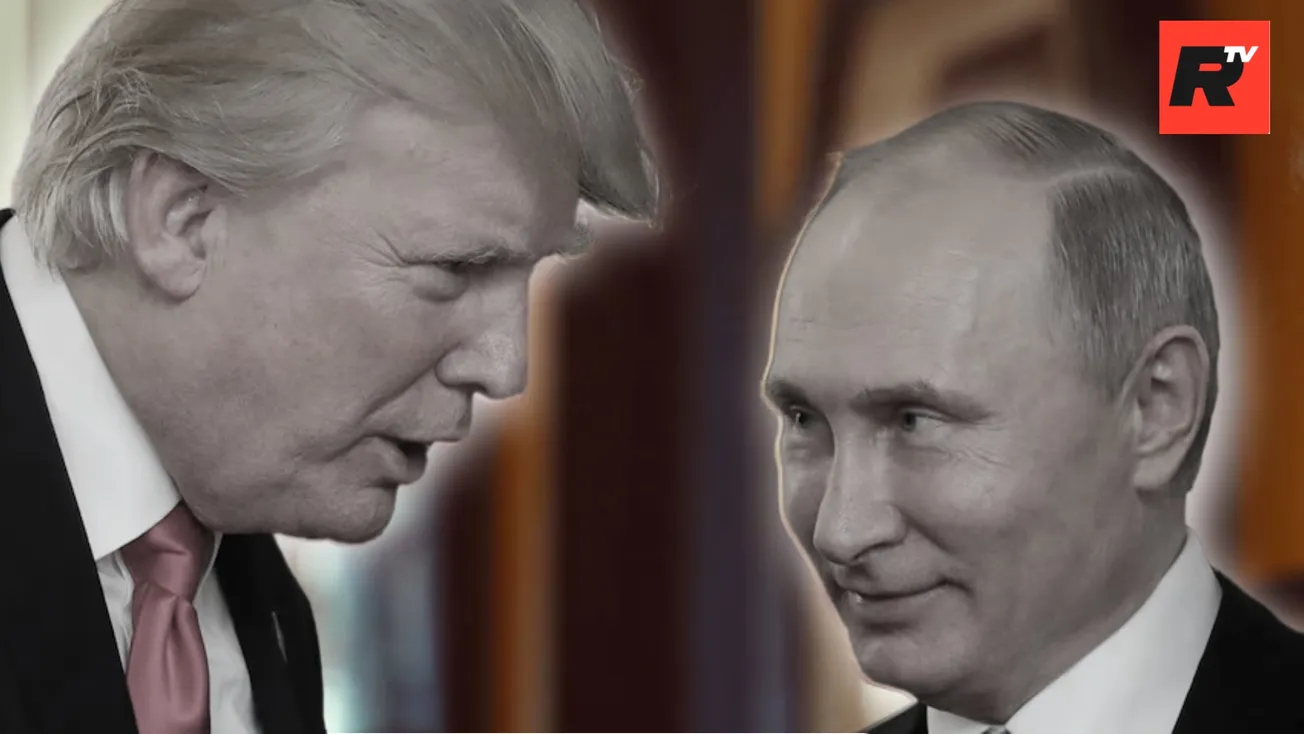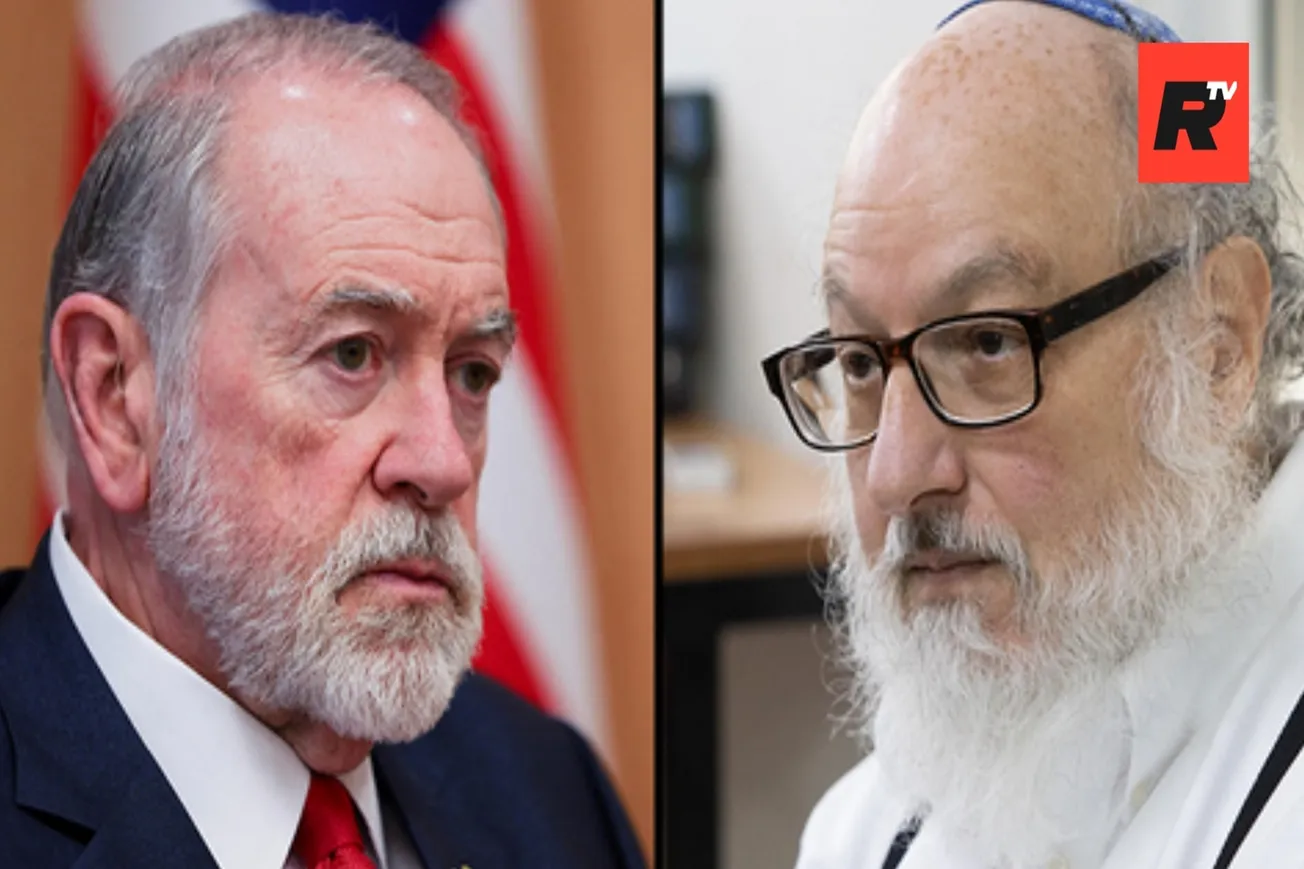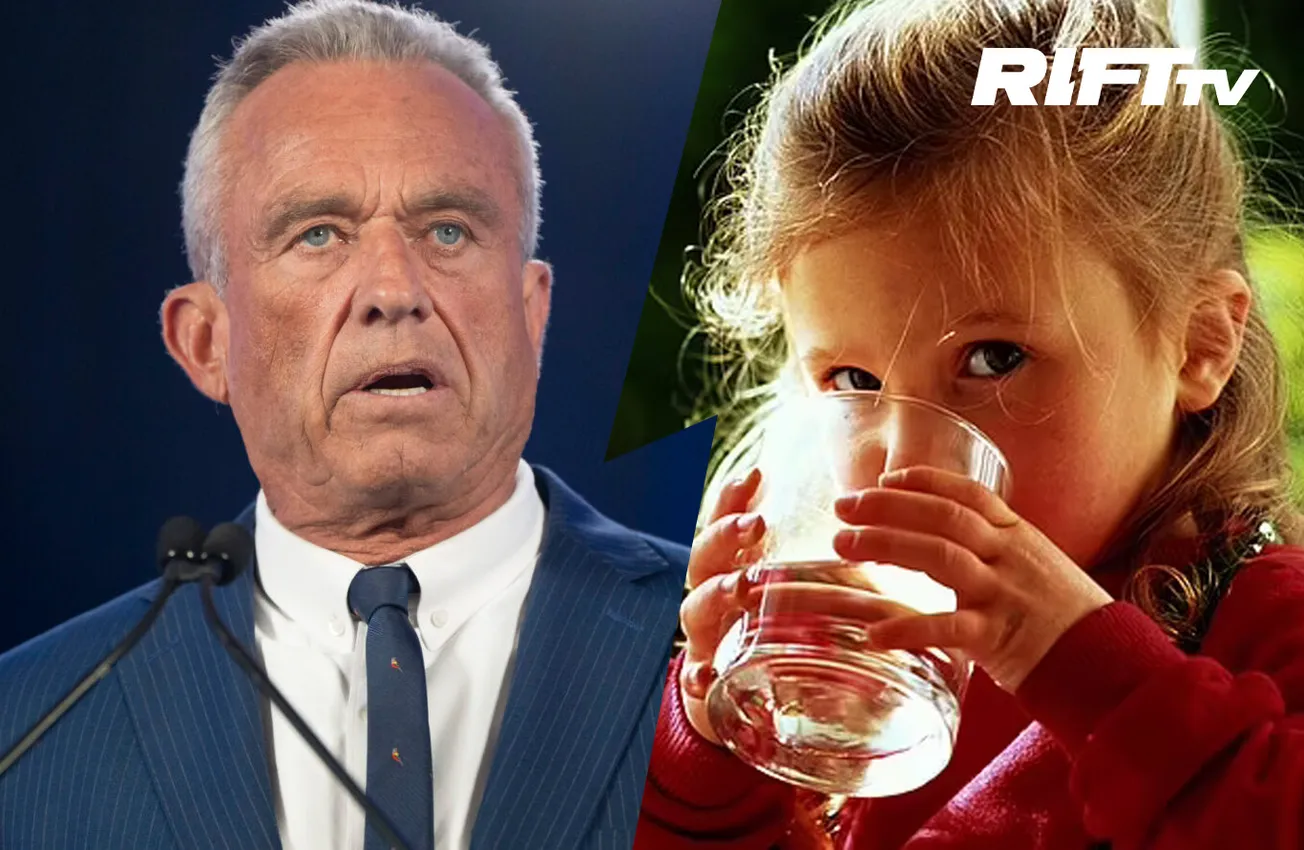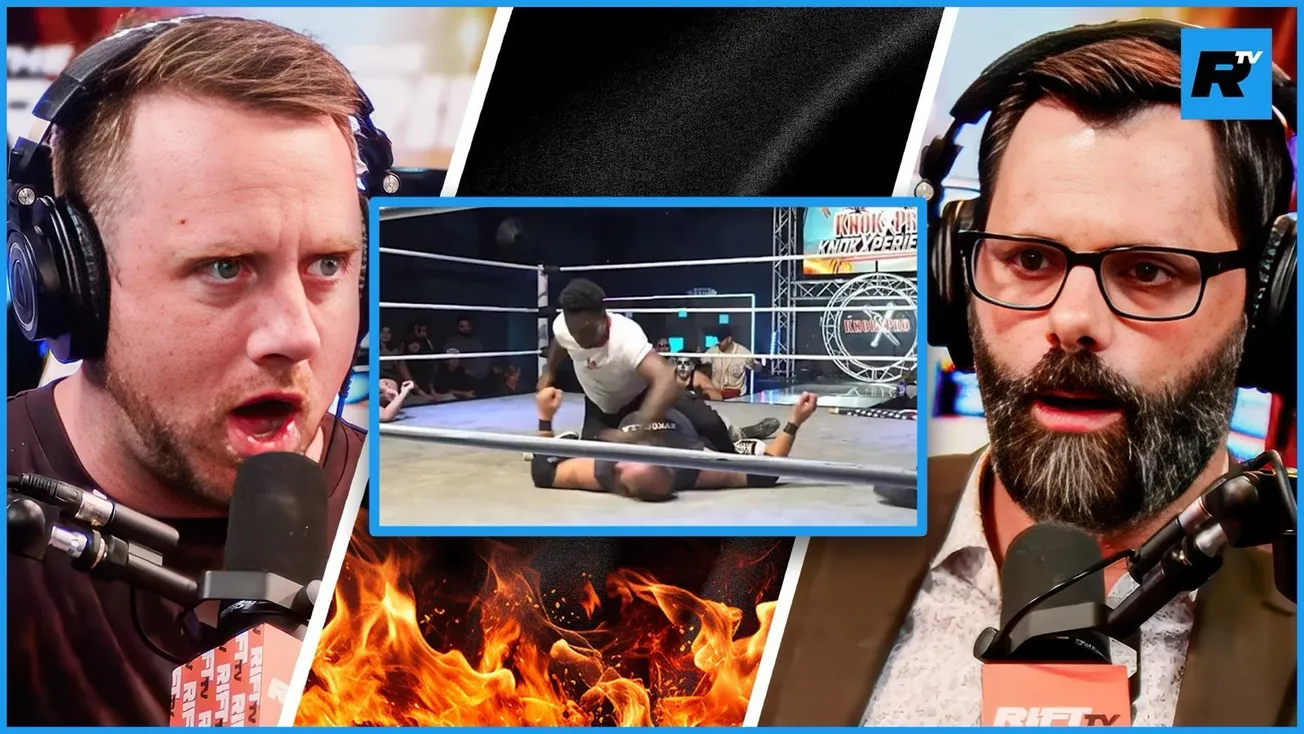U.S. President Donald Trump is set to meet Russian President Vladimir Putin on Friday, at Joint Base Elmendorf-Richardson in Anchorage, Alaska, to discuss a potential ceasefire in the ongoing Russia-Ukraine war.
The summit, the first between a U.S. president and Putin since 2021, comes amid escalating tensions and heightened diplomatic activity, with European and Ukrainian leaders working to ensure Kyiv’s interests are not sidelined.
Trump joined a virtual meeting with Ukrainian President Volodymyr Zelenskyy, German Chancellor Friedrich Merz, and leaders from Finland, France, Italy, Poland, the United Kingdom, and the European Union, along with NATO Secretary General Mark Rutte on Wednesday morning.
The call, hosted by Merz in Berlin, aimed to coordinate strategies ahead of the Alaska summit.
A second virtual meeting with Trump and Vice President JD Vance followed along with a “coalition of the willing” meeting, involving countries supporting Ukraine.
rump has described the Alaska summit as a “feel-out meeting” to assess Putin’s willingness to negotiate a ceasefire.
“I’m not going to make a deal. It’s not up to me to make a deal,” Trump told reporters on Monday. “I think a deal should be made for both [Putin and Zelenskyy]. I’d like to see a ceasefire. I’d like to see the best deal that could be made for both parties. You know, it takes two to tango.”
🚨🇺🇸 TRUMP: "I'D LIKE TO SEE A CEASEFIRE, AND THE BEST DEAL FOR BOTH PARTIES"
— Mario Nawfal (@MarioNawfal) August 11, 2025
"I'm then gonna call up president Zelensky and the European leaders... and I'm gonna tell them what kind of a deal.
I think Russia has to get back into building their country... they have tremendous… https://t.co/M167gWea8t pic.twitter.com/Fm152fIYO8
He suggested that a ceasefire could involve “some swapping of territories to the betterment of both” Russia and Ukraine, a proposal that has sparked concern among European allies and Ukrainian officials.
Zelenskyy, who was not invited to the Alaska summit, has firmly rejected territorial concessions, particularly in the Russian-occupied Donbas region.
“Any decisions that are without Ukraine are at the same time decisions against peace,” Zelenskyy said over the weekend. “They will not bring anything. These are dead decisions. They will never work.”
He emphasized that Ukraine’s Constitution prohibits ceding territory without a national referendum and that territorial issues can only be discussed after a ceasefire and security guarantees are in place.
European leaders have echoed Zelenskyy’s stance, stressing that no deal can be made without Ukraine’s involvement.
EU chief diplomat Kaja Kallas insists Ukraine will continue to fight for its sovereignty.
“Ukraine’s right to exist as a sovereign nation is under attack, as well as the security of our European continent," Kallas told Fox News Digital on Monday. "As far as Russia has not agreed to full and unconditional ceasefire, we should not even discuss any concessions. It has never worked in the past with Russia, and will not work with Putin today.”
The White House has tempered expectations for the summit, with press secretary Karoline Leavitt calling it a “listening exercise” to understand Putin’s position.
“The president is agreeing to this meeting at the request of President Putin,” Leavitt said on Tuesday. “And the goal of this meeting for the president is to walk away with a better understanding of how we can end this war.”
The choice of Alaska as the summit location has raised questions.
“They probably avoided Europe, because if they included Europe, then Europe would have demanded that they’re actually at the table. Probably your two choices were go to Russia — which Trump would never do — or invite him here,” former CIA Moscow Station Chief Dan Hoffman surmised.
Alaska’s historical ties to Russia, stemming from its 1867 purchase from Saint Petersburg, have been noted by some, like Kremlin envoy Kirill Dmitriev, who called it the “perfect stage” for talks.
On the battlefield, Russian forces have intensified their offensive in eastern Ukraine, targeting key cities like Pokrovsk and Kostyantynivka in the Donbas region, where Moscow occupies nearly a fifth of Ukrainian territory.
A Gallup poll released last week showed 69% of Ukrainians favor a negotiated end to the war, but not at the cost of significant concessions.
Trump’s push for peace follows months of frustration with Putin, particularly over continued Russian drone and missile strikes on Ukrainian civilians.
The president has threatened secondary sanctions on countries purchasing Russian oil, including doubling tariffs on India, a major buyer. However, no new sanctions have been announced since Trump’s August 8 deadline for Russia to agree to a ceasefire.
Zelensky has expressed openness to alternative diplomatic formats, including a potential summit hosted by Turkey.
“We are ready for any format of meeting aimed at stopping the killings and ending the war,” he said on Tuesday. “President Erdoğan confirmed his country’s readiness to organize a summit of the leaders of Ukraine, the United States, Russia, and Türkiye.”
Trump’s push for a ceasefire is a bold move, but questions remain about whether he can bridge the gap between Moscow’s demands and Kyiv’s resolve.
With European leaders and Zelenskyy rallying to ensure Ukraine’s voice is heard, the outcome of Friday’s talks in Alaska could shape the future of this conflict and U.S. foreign policy.











Conversation